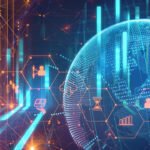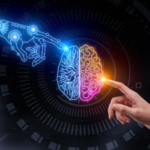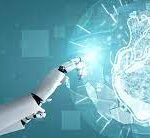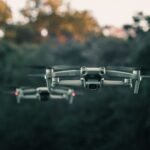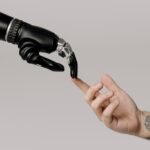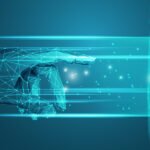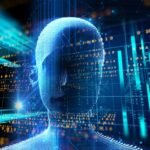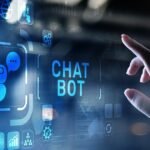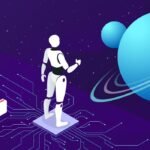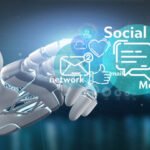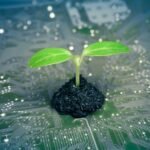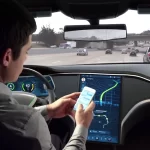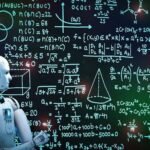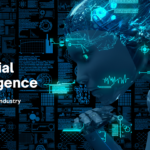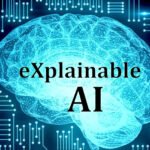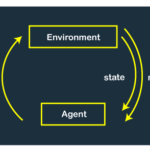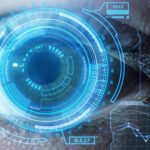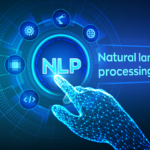Stay Abreast of Laws Restricting AI in the Workplace
As the reliance on artificial intelligence (AI) for hiring processes increases, states are taking action by implementing new laws and regulations to govern the deployment of such tools.
During a concurrent session at the SHRM Annual Conference & Expo 2023 in Las Vegas, Kelly Dobbs Bunting, an attorney with Greenberg Traurig in Philadelphia, emphasized the proactive approach of states in protecting their citizens. She highlighted the likelihood of more city and state regulations being introduced, as waiting for federal intervention is not a feasible option. Bunting referred to this wave of state regulation as an imminent “tsunami.”
Certain businesses utilize AI software that assesses job candidates based on various factors such as facial expressions, vocal intonation, word choice, eye movement, and emotional responses during video interviews. The purpose is to evaluate their trustworthiness.
However, concerns arise regarding the potential for algorithms within AI software to discriminate against individuals from marginalized groups, particularly Black people and people with disabilities.
Recognizing the need for oversight and fairness in AI-based hiring practices, states are taking proactive measures to regulate the use of such tools. This indicates a growing awareness of the potential biases and discrimination that can arise from relying solely on AI in the hiring process. By implementing regulations, states aim to ensure equal opportunities and protect individuals from unfair treatment.
The evolving landscape of AI in hiring calls for careful consideration and comprehensive regulations to address potential biases and promote inclusive practices. State-level initiatives reflect a commitment to safeguarding the rights of job seekers and fostering a fair and equitable job market.





